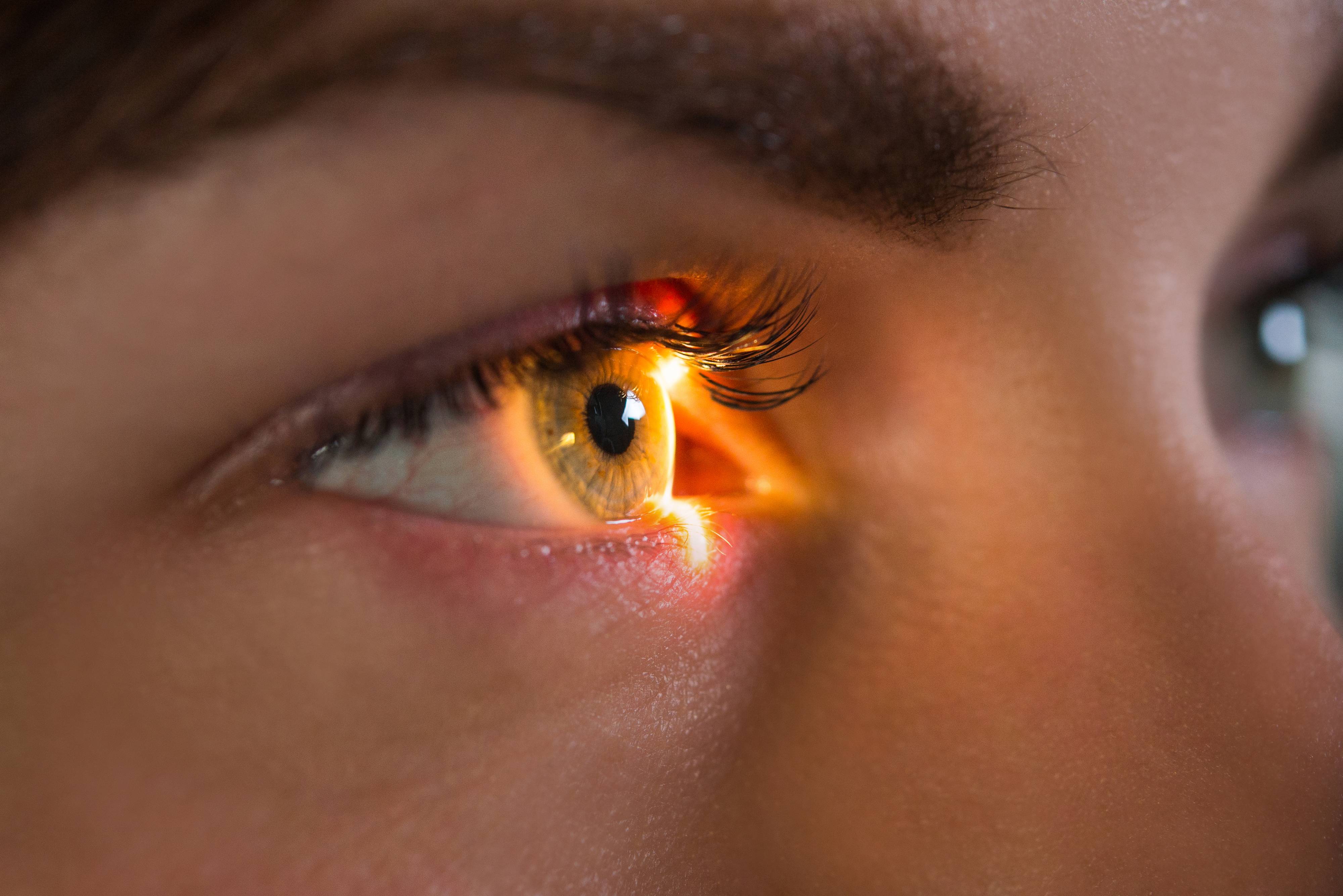
A recent study has shown that at least 16 million adults in the United States suffer from dry eye disease (DED). Several remedies have been made available to treat the persistent, uncomfortable symptoms associated with this condition. These treatments include the use of over-the-counter drugs, prescription medications, and eye inserts. But a more advanced approach has been newly discovered to treat dry eyes.
It's called low-level light therapy (LLLT), a technology that uses low-power light in various ways. The application has been used in medicine for more than a decade. But only recently did doctors discover its benefits for treating dry eyes and other eye conditions. Here are the benefits of LLLT:
It Promotes Tissue Repair
One of the common causes of evaporative dry eye is meibomian dysfunction (MGD). Treatments for MGD generally aim to restore tear film homeostasis. This is made possible through eyelid hygiene, warm compress therapy, and the use of artificial tears, among other treatments. But an in-office procedure has been recently introduced in the form of LLLT. It's a technique that uses red or near-infrared radiation to repair tissues.
It Reduces Inflammation
Besides eye redness, itchiness, and irritation, another common indication of DED is inflammation. Symptoms of inflammation and their impact on your eyes can vary. But inflammation can definitely damage the surface of your eyes if you have DED. In an evaporative dry eye, the high tear film concentration damages the cells on your eye's surface, causing an inflammatory response. Since the meibomian glands can no longer secrete tears properly, the inflammation can result in MGD. By treating inflammation in its early stages, you can reduce the risk of developing MGD and keep your tear flow regular. Technologies like LLLT use heat and light to clean the affected gland directly so the liquid trapped inside can be cleared manually.
It Helps Relieve Pain
Not all patients with dry eyes suffer from the same symptoms. In fact, you may experience eye pain in the absence of other typical symptoms. This sometimes makes DED rather challenging to diagnose. But this doesn't mean that the pain from your dry eyes is any less severe. When the inflammation in your eye is not treated and the tissue damage is not repaired, changes can occur in your central nervous system. This is called centralization, a condition that can cause your eyes to become sensitive to things that would not typically cause concern. This constant stimulation to your brain causes it to change and prompts the brain to respond abnormally. The condition can ultimately lead to persistent dry eye and pain.
The treatment for your dry eyes largely depends on several factors, such as how severe your symptoms are. A different treatment plan may be necessary for some patients when the condition is caused by an underlying medical condition. At Houston Dry Eye Clinic, we can work with you to find the best solution for your needs.
Learn more about the benefits of low-level lighting for treating dry eye, contact Houston Dry Eye Clinic in Houston, TX at (713) 664-4760.




